Published Jack Cochran on June 18, 2018
Rapid Water Determination in Triethylene Glycol (TEG) using GC-VUV
Triethylene glycol (TEG) is used to dehydrate natural gas because water can cause problems in gas delivery and processing systems, including freezing, hydrate formation, plugging, and corrosion. The gas dehydration process, including recycling of the glycol, creates the need for the rapid determination of water content in TEG. In addition, it may be necessary to quantify petroleum hydrocarbons in TEG, which can affect its water removal efficiency, as well as impact disposal of waste TEG, especially when benzene is present. GC-VUV allows quantification of water and volatile petroleum hydrocarbons simultaneously!
As mentioned in my previous posts on determining water in gasoline and water in ketones, GC-VUV is a convenient replacement for Karl Fischer titration because water is easily gas chromatographed and has a unique absorbance spectrum. Figure 1 shows the GC-VUV analysis of water (10%) and select volatile petroleum hydrocarbons (0.6 to 0.8% each) in TEG. The GC run time is 12 min. TEG presents interesting GC challenges because of its increased viscosity and high boiling point. The TEG samples in this work were diluted 50:50 with ethanol to “thin” them for more reliable syringe fill during autosampler injection. The GC inlet temperature was at 300°C to aid transfer of TEG to the GC column, and a 4mm Precision split liner with wool allowed for accurate splitting and good repeatability. Because the GC column final temperature was 280°C to promote elution of all TEG-related compounds, the transfer line and flow cell of the VUV detector (VGA-100) were at 300°C.
Figure 2 indicates that GC-VUV can easily see concentrations of water less than 1% and hydrocarbons less than 0.08% in TEG, although the overlaid “blank” TEG chromatogram indicates significant background for water. Still, based on signal-to-noise estimates the lower limit of detection (LOD) for water using this method is around 0.1% and the hydrocarbons LODs are about 0.01%.
Finally, one of the best things about my job is being the first person ever to see VUV absorbance spectra for certain compounds, including triethylene glycol (Figure 3), even though water and the petroleum hydrocarbons were the analytes of interest for this work. As you can see, the absorbance spectra are quite unique for the compounds in Figure 3.
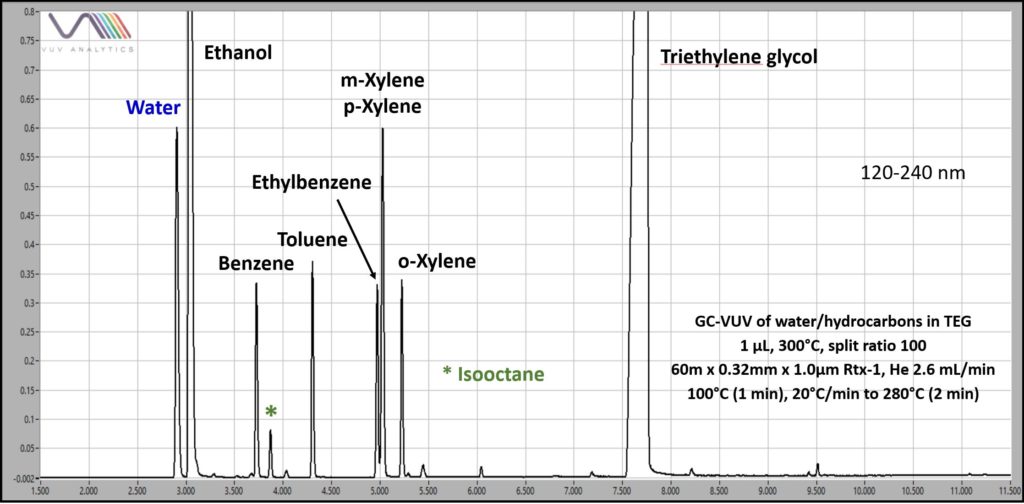
Figure 1. GC-VUV chromatogram of water (10%) and select volatile petroleum hydrocarbons (0.6 to 0.8%) in triethylene glycol. Ethanol was used to dilute the glycol before GC analysis.
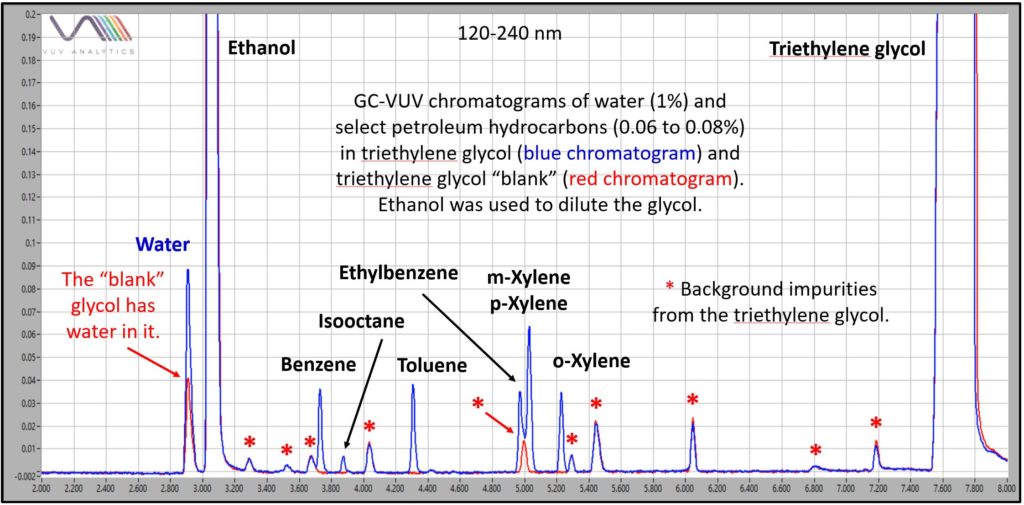
Figure 2. GC-VUV has excellent detectability for water and petroleum hydrocarbons, including benzene, in triethylene glycol.
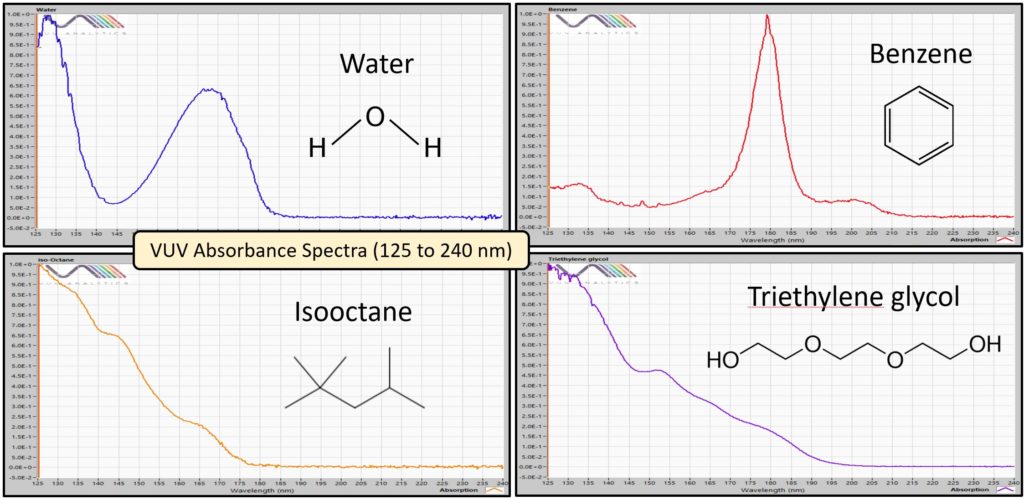
Figure 3. The VGA-100 VUV spectrometer is a universal GC detector. Even water has a unique absorbance spectrum that can be used for identification and quantification.



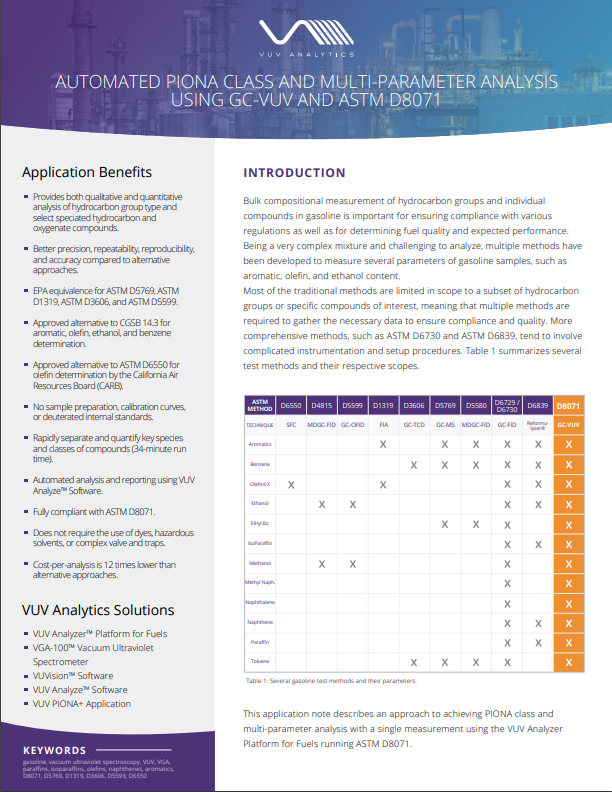
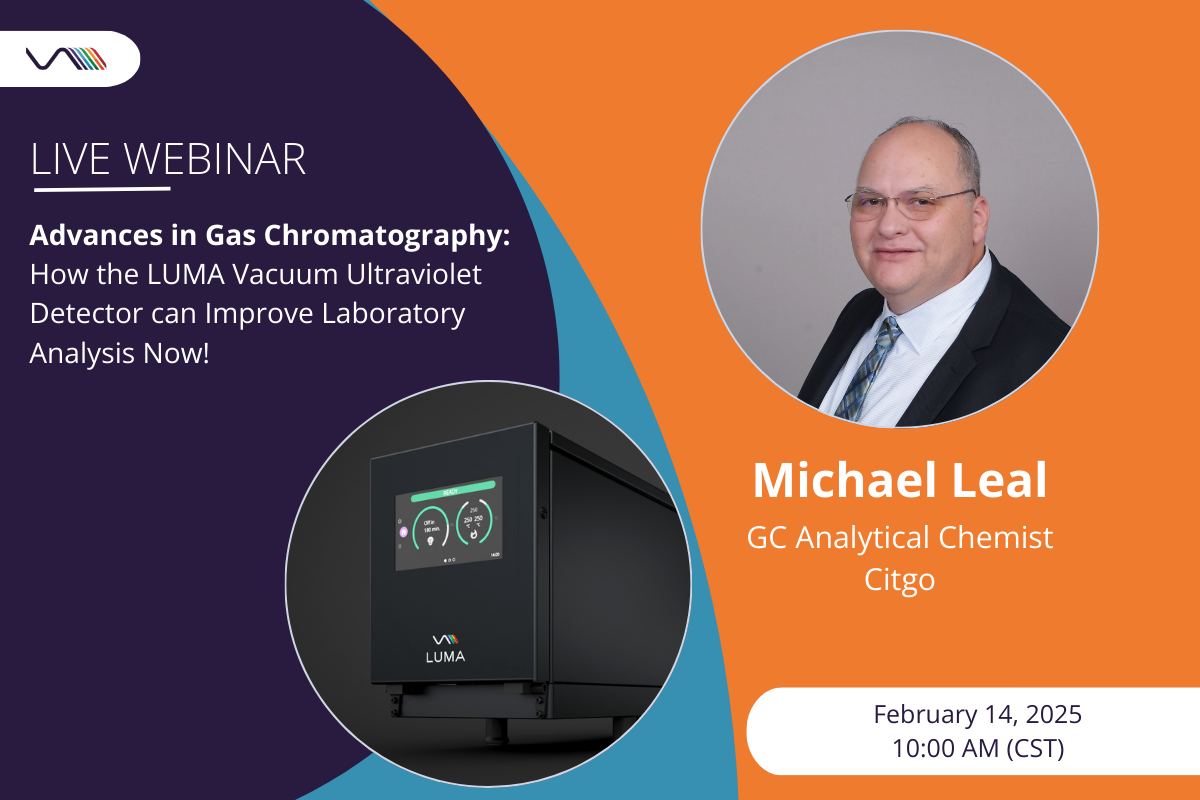





Leave a Reply